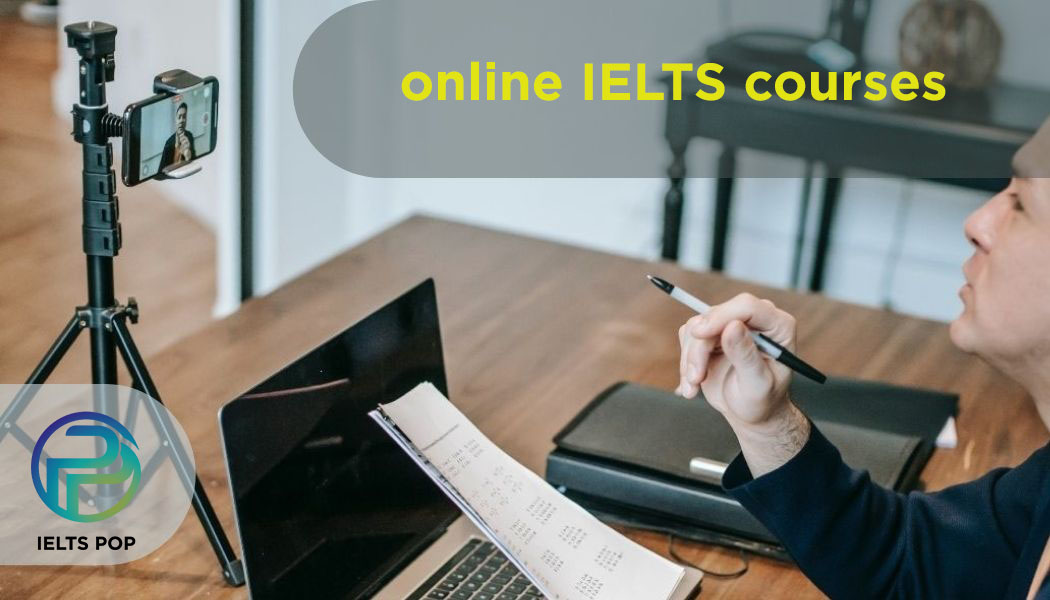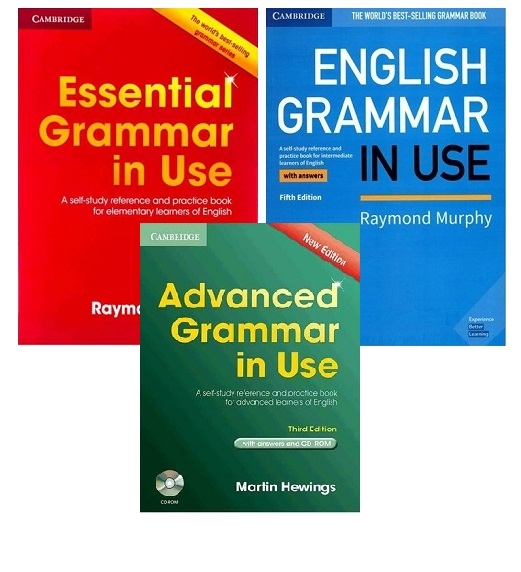Lesson 2
Present simple
If you want to do well in IELTS, it’s really important to know the tenses. However, if you find some of them very difficult, don’t worry. It has been estimated that present simple and past simple make up 80% of the language. In IELTS you will commonly be asked about your past, the present, and only some basic plans for the future, so you don’t need to know all the tenses perfectly.
Here’s a table explaining how the tenses look:
| Past | Present | Future | |
| Simple | I ate chocolate yesterday. | I eat chocolate every day. | I will eat chocolate tomorrow. |
| Continuous | I was eating chocolate when I saw her. | I’m eating chocolate right now. | I will be eating chocolate when we meet. |
| Perfect | I had eaten the chocolate when you got there. | I have eaten all of the chocolate. | I will have eaten all of the chocolate by the time you see me. |
| Perfect Continuous | I had been eating chocolate for two hours by then. | I have been eating chocolate for two hours. | I will have been eating chocolate for two hours. |
Now let’s look at the present tenses.
In any of the tenses, you can form positive, negative, or interrogative (a question) sentences.
| Positive | Negative | Question |
| I talk. | I do not talk. | Do I talk? |
| You talk. | You do not talk. | Do you talk? |
| We talk. | We do not talk. | Do we talk? |
| They talk. | They do not talk. | Do they talk? |
| He talks. | He does not talk. | Does he talk? |
| She talks. | She does not talk. | Does she talk? |
| It talks. | It does not talk. | Does it talk? |
Note that in written English, we usually write “do not” and “does not.” However, in spoken English, this is contracted to “don’t” and “doesn’t.” In the IELTS exam, you should try to follow this rule.
The present simple is a very common tense and it has many uses. Here are some of them:
- Routine actions:
- He goes to the market every
- We ride our bikes to
- Facts and permanent situations
- The sky is
- The sun rises in the
- Directions or instructions
- Turn right at the corner and walk for fifty
- Open the box and then remove the
Third Person Singular
When using the third person singular – meaning he/she/it – you must add an “-s” to the end of the verb. However, there are a few rules about that.
Generally, you just add “-s” to the end of the base form of the verb:
- Walks
- Talks
- Sits
- Eats
- Finds
If the verb ends in a “-y” you should remove the “y” and replace it with an “i,” before adding “-es”.
- Cry ➔ Cries
- Try ➔ Tries
- Fry ➔ Fries
- Hurry ➔ Hurries
- Bury ➔ Buries
If the verb ends in one of the following cake, you should instead add “-es” to the end: o, s, z, x, ch, and sh.
- Watch ➔ Watches
- Fix ➔ Fixes
- Mix ➔ Mixes
- Wash ➔ Washes
- Go ➔ Goes
When the third person singular is used with an auxiliary verb (do), as in the negative or interrogative form, the auxiliary takes the “-s” and so the main verb doesn’t need it.
- Does he walks?
- Does he walk?
- He doesn’t
- He doesn’t





